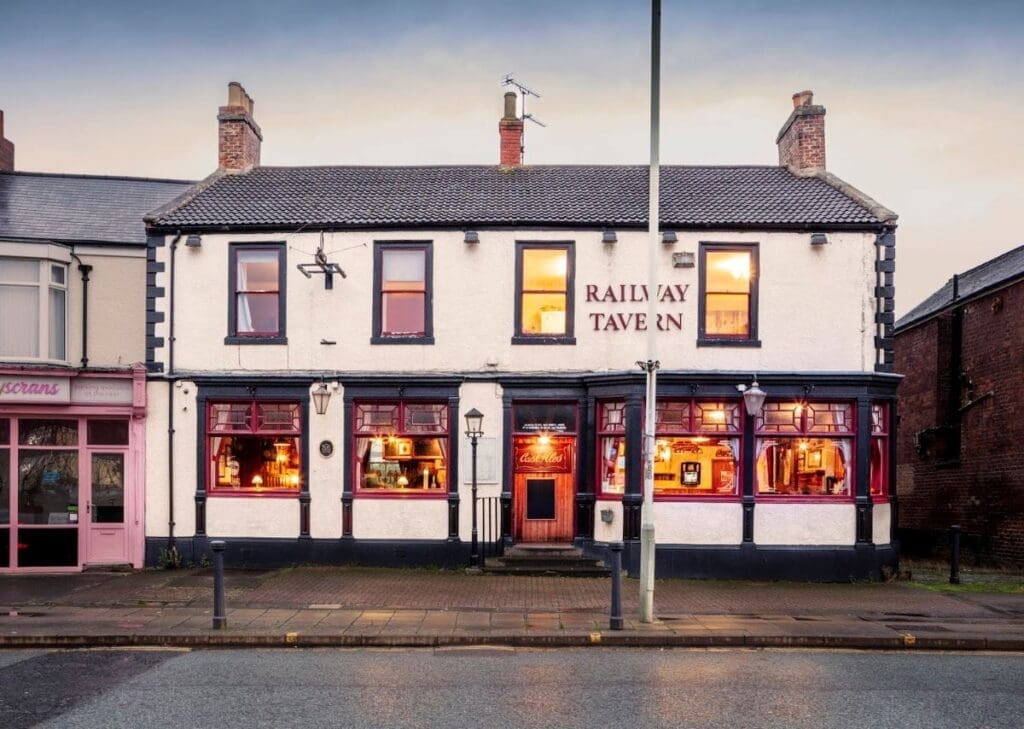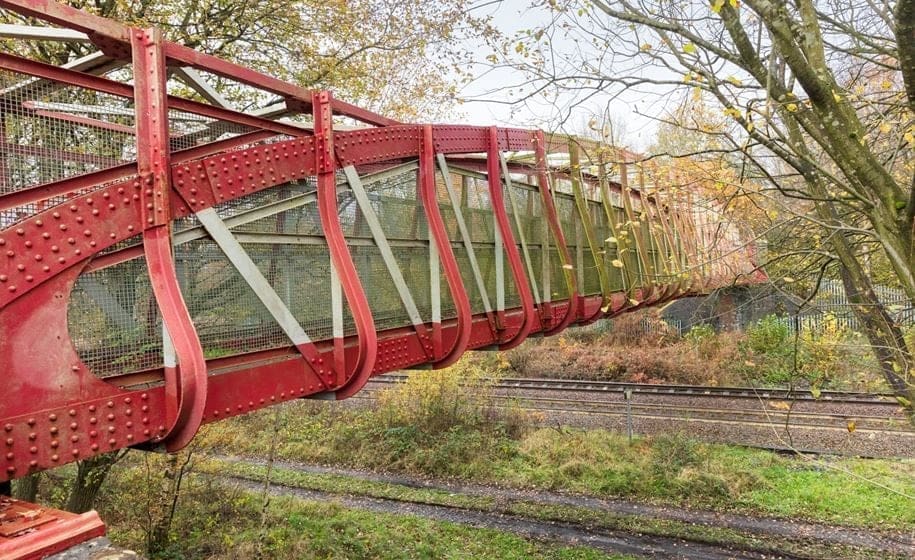A number of significant places in the history of England’s railways have been added to the National Heritage List for England 2023.

Historic England has issued its annual round up of new listings for 2023, featuring several places significant to England’s railway history.
A highlight of the list is The Railway Tavern, the Former Stockton and Darlington Railway Inn. One of three railway pubs built in 1826 as a proto-railway station by the Stockton & Darlington Railway (S&DR), these pubs functioned as proto-railway stations before the concept of the railway station had fully developed.
Enjoy more Rail Express Magazine reading every month.
Click here to subscribe & save.
Each of the pubs were built next to one of the S&DR’s coal depots, these being expected to be the railway’s primary source of revenue. The success of passenger services was unexpected. Darlington’s coal depot was at the end of a short branch line so the Railway Tavern was some 350m from the main line and did not develop into a fully functioning railway station. However, it was the most successful as a pub, the only one of the three still operating as one.
Like the S&DR’s other buildings, the Railway Tavern was architecturally modest. Its large ground floor windows and some internal features are the result of a late 19th century refurbishment designed by the nationally noted Darlington-based architect G.G. Hoskins.
The pub is one of nine new listings relating to the Stockton & Darlington Railway. Others include Dene Beck Culvert, which is one of the original structures of the line, built before September 1825 to allow the Dene Beck to flow through the embankment for the railway. Also added to the list is a railway accommodation bridge 60m south of Dene Beck and walling of a former railway coal depot.

Elsewhere, the Deep Pit Railway Footbridge in Hindley, Greater Manchester was also added to the list. This unusually long, single-span, wrought-iron pedestrian railway footbridge dates from 1887. It was built during the peak period of railway bridge construction and spanned nine tracks, with an unusual large ramp on the south side rather than steps leading up to it. It has survived with very little alteration and its architectural interest lies in its elegant design.
227 historic places have been added to the list in total. Non-railway examples include a carriage wash dating to 1600 believed to be England’s earliest known ‘modern day car wash’ in Hertfordshire and a rare intact Second World War radar station in Northumberland.
Duncan Wilson, Chief Executive of Historic England said: “A range of remarkable historic buildings and sites are added to the List each year and 2023 is no exception. We’ve examined and protected some amazing sites this year, which together give us a window into our rich and varied historic environment. The festive period is a great time to find out more about the historic places all around us. I encourage everyone to explore the heritage on our doorsteps and to add what they discover to our Missing Pieces Project for everyone to see and enjoy.”
The Missing Pieces Project asks people to share their own stories and photographs about protected places to help build up a picture of the place’s role in history.




